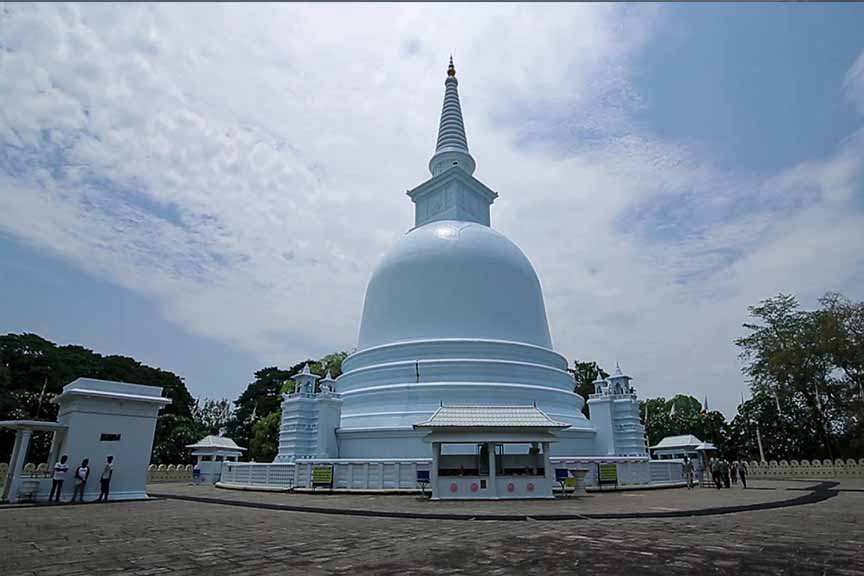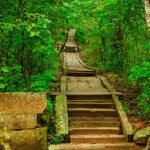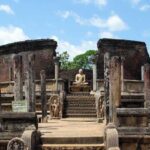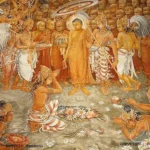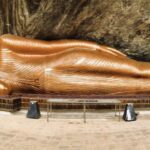Ancient gāthās, Sinhala language, and geography challenge the popular belief
Introduction
For centuries, the name “Nagadipa” has been associated with the island of Nainativu in Northern Sri Lanka. Buddhist pilgrims journey there believing it to be one of the sixteen sacred Solosmasthana sites the Buddha visited. But what if this association is a historical misinterpretation? What if the real Nagadipa is not a remote island, but a sacred place much closer to Mahiyangana—the very site of the Buddha’s first visit to Lanka?
Let’s examine the textual clues, linguistic truths, and geographical logic that support this radical but deeply rooted theory.
1. The Gāthā Reference: Mahiyangana Nagadīpan
Ancient Pali verses chanted in Sri Lankan temples often mention:
“Mahiyangana Nagadīpan, Kelaniye Thanthānāgaran…”
This line groups Mahiyangana and Nagadipa together, clearly implying proximity. Why would these sites be mentioned side by side if they were hundreds of kilometers apart? According to this verse, the Buddha visited Mahiyangana and Nagadipa as part of the same journey, suggesting they were nearby locations—not distant extremes of the island.
2. The Misunderstanding of “Nāga”
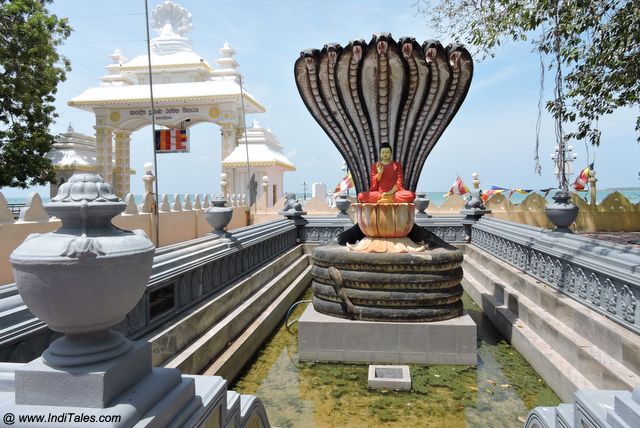
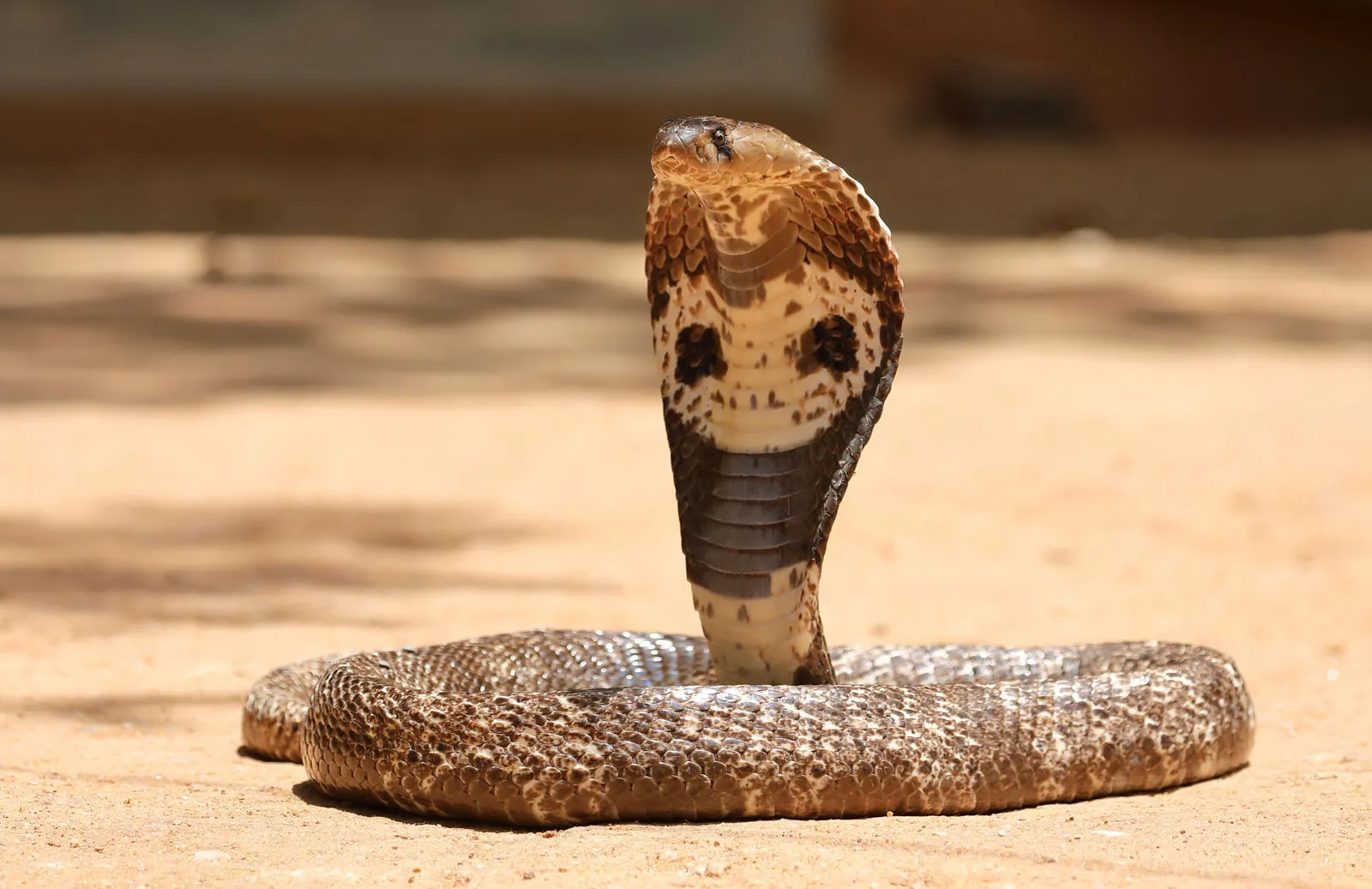
Disclaimer: Image sourced via Google Images. All rights belong to the respective copyright holders. If you are the owner of this image and would like it removed or properly credited, please contact us.
The term Nāga has been misunderstood over time. In ancient Indian and Sri Lankan contexts, Nāgas were not literal snakes, but powerful tribes or semi-divine beings.
However, in Sinhala, the word “Nāya” or “Naiya” directly refers to a cobra or snake. This linguistic overlap likely caused later generations to reinterpret “Nagadipa” (island of the Nagas) as “Nai-dipa” (island of snakes), leading to its association with Nainativu, an island in the north.
But the original context of “Nagadipa” was likely not about snakes, but about lands ruled or inhabited by the Nāga people—and the Uva Province around Mahiyangana fits this bill more authentically.
3. Mahiyangana’s Ancient Nagadeepa Site and Reservoir
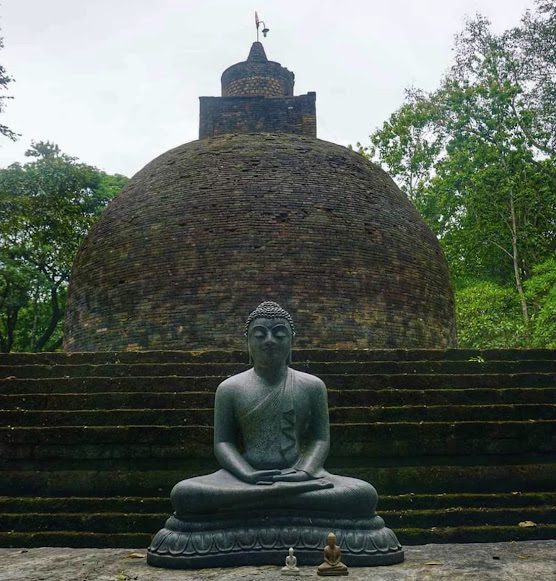
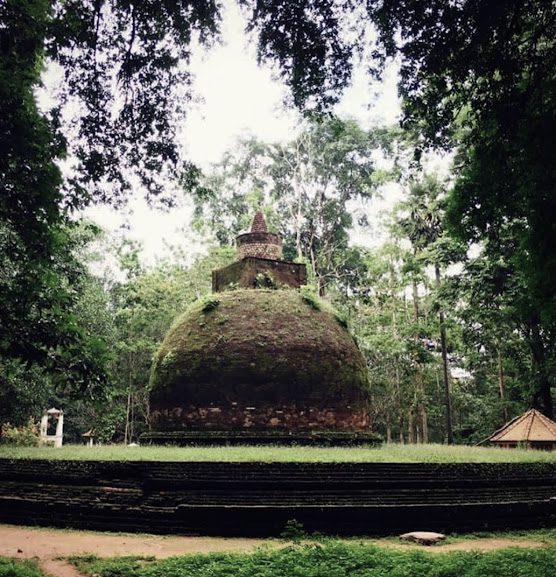
Disclaimer: Image sourced via Google Images. All rights belong to the respective copyright holders. If you are the owner of this image and would like it removed or properly credited, please contact us.
Few know that just outside Mahiyanganaya, near the Nagadeepa Reservoir (Wewa), lies an ancient Buddhist site: the Nagadeepa Vihara.
- Archaeological ruins include a stupa and idol house.
- Local folklore and tradition speak of this place as a Nāga settlement.
- Excavations in 2024 confirmed this site held pre-Anuradhapura religious importance.
This is not the same as the Nagadipa Purana Viharaya on Nainativu Island. It’s a completely separate site, hidden in plain sight.
4. Geographical Logic: A Walkable Path
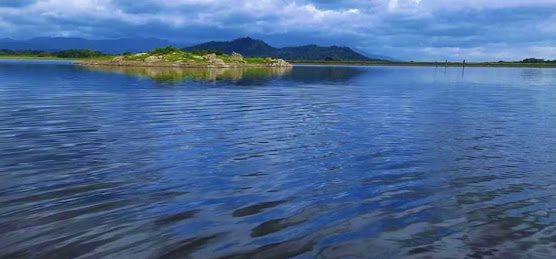
Disclaimer: Image sourced via Google Images. All rights belong to the respective copyright holders. If you are the owner of this image and would like it removed or properly credited, please contact us.
When comparing distances, Mahiyangana and the nearby Nagadeepa Wewa are geographically aligned to make sense of a walkable journey during the Buddha’s time. On the other hand, a journey to Nainativu in the far north would require extensive travel, river crossings, and likely boat transport—highly unlikely in the context of the Buddha’s first visits to Lanka.
If the Buddha’s journey is to be taken literally, it makes more historical sense for the early visits to remain within central or southern Sri Lanka.
5. Who Changed the Story?
Many believe that the British colonial interpretations, supported by Northern-influenced Buddhist scholars, helped align the Solosmasthana across the full map of Sri Lanka to symbolically balance the island.
This may have contributed to identifying Nainativu as Nagadipa, despite a lack of deep archaeological evidence compared to Nagadeepa near Mahiyangana.
Conclusion: Reclaiming the Real Nagadipa
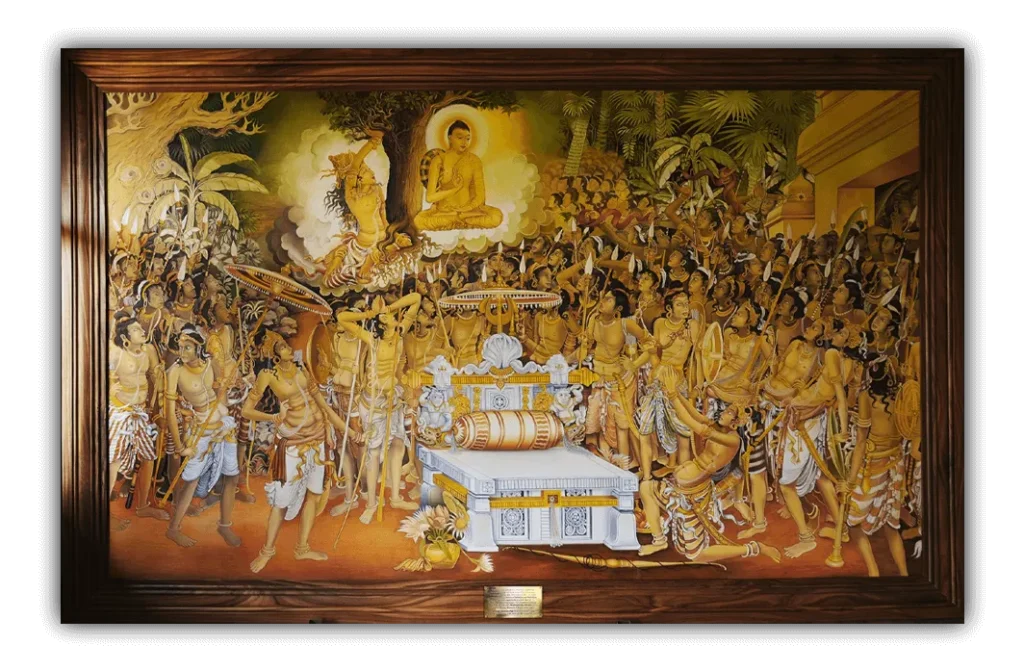
Disclaimer: Image sourced via Google Images. All rights belong to the respective copyright holders. If you are the owner of this image and would like it removed or properly credited, please contact us.
The evidence is compelling: textual, linguistic, and geographic clues all point to a Nagadipa much closer to Mahiyangana than previously believed.
Reclaiming this truth doesn’t just change maps—it deepens our understanding of the Buddha’s real journey across Heladiva, and it restores the forgotten sacredness of a place long overshadowed by popular mythology.
It’s time to look again at the story of the Buddha’s visits. Not with blind faith, but with open eyes and a reverent heart.
